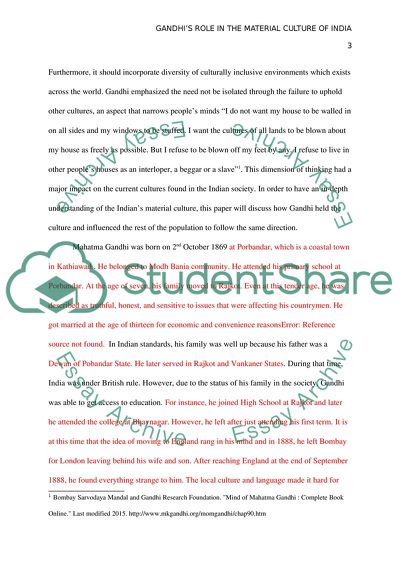Cite this document
(Gandhis Role in the Material Culture of India Case Study Example | Topics and Well Written Essays - 3750 words, n.d.)
Gandhis Role in the Material Culture of India Case Study Example | Topics and Well Written Essays - 3750 words. https://studentshare.org/history/1877451-gandhi-his-role-in-the-material-culture-of-india
Gandhis Role in the Material Culture of India Case Study Example | Topics and Well Written Essays - 3750 words. https://studentshare.org/history/1877451-gandhi-his-role-in-the-material-culture-of-india
(Gandhis Role in the Material Culture of India Case Study Example | Topics and Well Written Essays - 3750 Words)
Gandhis Role in the Material Culture of India Case Study Example | Topics and Well Written Essays - 3750 Words. https://studentshare.org/history/1877451-gandhi-his-role-in-the-material-culture-of-india.
Gandhis Role in the Material Culture of India Case Study Example | Topics and Well Written Essays - 3750 Words. https://studentshare.org/history/1877451-gandhi-his-role-in-the-material-culture-of-india.
“Gandhis Role in the Material Culture of India Case Study Example | Topics and Well Written Essays - 3750 Words”. https://studentshare.org/history/1877451-gandhi-his-role-in-the-material-culture-of-india.


